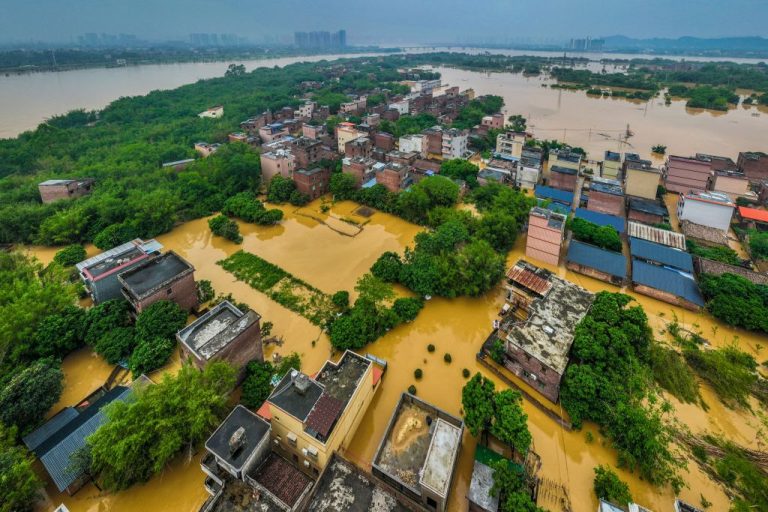Those who believe the world economy can avoid the hardest of landings next year are watching China closely to see whether its move to loosen pandemic restrictions will help that scenario come about or end up wrecking it.
The knock-on effects of ditching “zero-COVID” remain highly uncertain given China’s patchy vaccine coverage, fragile health structures and the lack of clarity about the real extent of infections as COVID-19 cases start to surge.
The World Bank on Tuesday cut its China growth outlook for this year and next, listing the impact of the abrupt loosening of strict COVID-19 containment measures alongside other factors including its shaky property sector.
Bank of Japan Governor Haruhiko Kuroda cited the resurgence of virus cases in China as putting downward pressure on the global economy, while Taiwan listed the spread of COVID-19 in China as one big uncertainty facing its economy.
Yet the consensus view remains that if China can get a grip on what U.S. Treasury Secretary Janet Yellen this month called the “very complex problem” of switching its COVID-19 stance, this would boost both its domestic economy and the global one.
Success
You are now signed up for our newsletter
Success
Check your email to complete sign up
That would in turn bolster the belief of policymakers in Group of Seven (G7) countries that their interest rate hikes will end up taming inflation and that any recessions that result will be relatively shallow and shortlived.
“If you look forward six months to the exit of the COVID wave … we’ll be getting to a point where China just like everyone else gets to live with COVID,” said Mike Gallagher, director of research at Continuum Economics.
“The big strategic play is towards reopening. It is just going to be very bumpy.”
‘Risky situation’
One such bump could be if global supply chains are disrupted again as Chinese workers start to fall sick in large numbers, reigniting inflation elsewhere just as central bankers see signs it has finally started to peak.
But equally, those inflationary pressures could be cancelled out if China’s woes led to softer global demand for commodities.
“It’s hard to say … how those two will offset each other,” Fed Chair Jerome Powell told reporters last week after the U.S. central bank’s latest interest rate hike.
“It’s a risky situation,” he said while adding it “doesn’t seem like it’s likely to have a material overall effect on us.” The New York Fed’s Global Supply Chain Pressure Index, launched about a year ago, already edged higher in October and November in a moderate reversal of a persistent loosening of global supply bottlenecks seen through most of 2022.But some argue that the fact that the rest of the world’s economy has long since re-opened and started producing goods means that any supply snags due to China this time around would not be as pronounced as they were last year.
Much will depend on the policy response of Chinese leaders who have pledged to support the slowing economy and to cushion the impact of rising COVID-19 infections.
Fitch Ratings Chief Economist Brian Coulton said he expected a rise in infections to cause initial disruptions to activity early next year due to sickness absences and social distancing.
“However there should be a stronger recovery in activity from the middle of next year,” he said.
The World Bank now sees China’s economy growing 2.7% this year and 4.3% in 2023, somewhat slower than its September forecasts of 2.8% and 4.5%, respectively. But for now, that will not be a major preoccupation for policymakers elsewhere.
In the “risk assessment” part of its statement explaining its latest rate hike last week, the European Central Bank dwelt on various threats to the region’s outlook, starting with the Ukraine war. China’s COVID battle was not among those risks.
By Reuters (Reporting by Mark John; Additional reporting by Dan Burns; Editing by Andrea Ricci)














